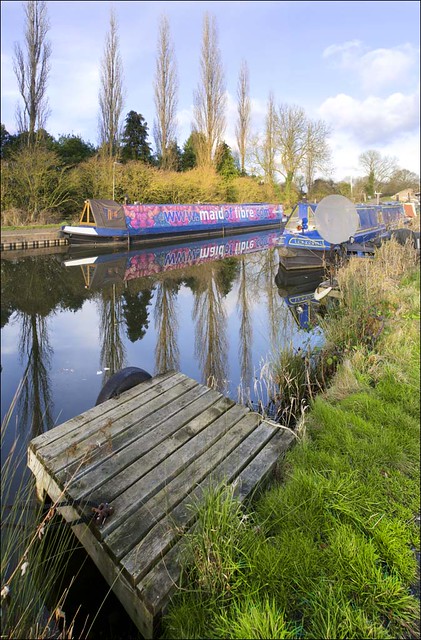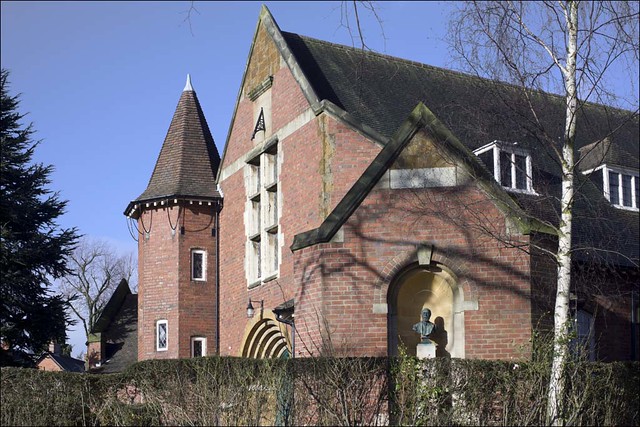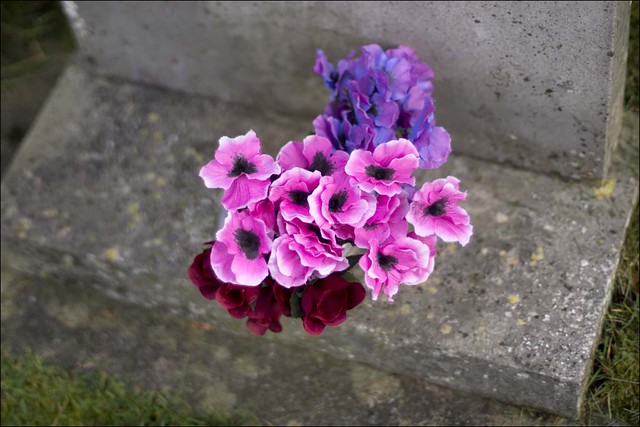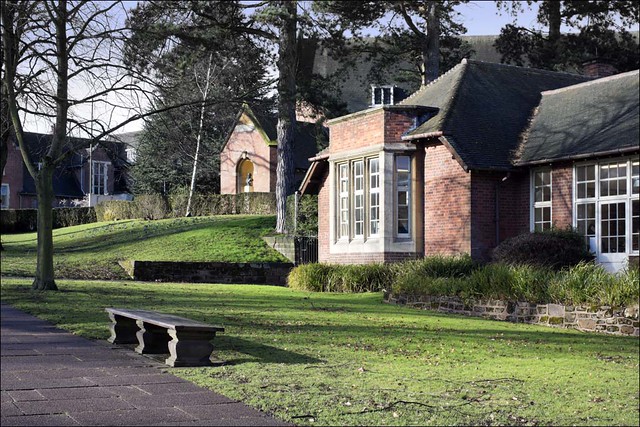m4/3
Panasonic GX1 Olympus 45mm f/1.8 Multi image panoramic stitch
Panasonic GX1 Olympus 12mm f/2 Multi image panoramic stitch polarising filter
Despite all the advantages of the NEX-7, I still have a preference for the colour and on-screen look from m4/3 files. Also despite having to stitch images together to get a large file size and having to handle the restricted dynamic range, I do very much like the finished result.
Panasonic GX1 Olympus 45mm f/1.8 Multi image panoramic stitch
Panasonic GX1 Olympus 12mm f/2 Multi image panoramic stitch polarising filter
With careful exposure and processing m4/3 certainly "punches above its weight" and these images, all ending up at between 60-80MB each certainly have the potential for large scale reproduction and heavy cropping. I do have to do some work to get them to this state but after doing it for a few years, I have all sorts of photoshop "tricks" that allow me to produce a clean, sharp, contrasty, artefact free file.
The reason I've stuck with it for so long is the excellent colour from the Panasonic sensors and the low strength anti-aliasing filters that they use. Sony don't seem inclined as yet to let their sensor "off the leash" and demonstrate exactly what it can do. Samsung seem also disinclined to do that and its going to be interesting to see what the Fuji X-Pro 1 sensor can do.
Its certainly true that this weaker AA filter can cause problems, but I'd rather it was that way than have a soft image. Its often stated that m4/3 has to try and compete with APS-C sensors and DSLR's. I see it the other way round. When you talk about final image quality and how files look when viewed and published, in many ways APS-C sensors and DSLR's have their own catching up to do. Now I wonder if there's anyone who could remove my NEX-7 AA filter?
Panasonic GX1 Olympus 45mm f/1.8 Multi image panoramic stitch
Panasonic GX1 Olympus 12mm f/2 Multi image panoramic stitch polarising filter
f/1.2 lenses
I tried out my Voigtlander 35mm f/1.2 lens with the NEX-7 and also for the sake of comparison, borrowed back my Nikon 50mm f/1.2 MF lens.
Sony NEX-7 Voigtlander 35mm f/1.2
Sony NEX-7 Nikon 50mm f/1.2 MF lens
Sony NEX-7 Voigtlander 35mm f/1.2
Sony NEX-7 Nikon 50mm f/1.2 MF lens
Both lenses go some way to negating the effect of the AA on the Sony, and produce very sharp files. (But then they can both be used on m4/3 too) I think the Voigtlander is very marginally sharper but the Nikon has a slightly warmer colour balance. Both are top class lenses and demonstrate yet again that there is really no substance to this "designed for digital" myth that manufacturers come up with to justify the prices of their lenses. m4/3 and Sony NEX cameras now have great systems for using these manual focus gems from the past, and they are difficult to beat for engineering, build and optical quality.
Whether that difference is enough to justify using them exclusively, I'm not sure. Certainly the 12mm and 45mm Olympus lenses I was using for the pictures at the top of the page are pretty good, and the 45mm f/1.8 in particular is something special. However if you're a sharpness junkie like me, you may think it worthwhile. And you like the feel of beautifully constructed metal lenses in your hand, then they certainly give these modern cameras a real "classy" feel.









